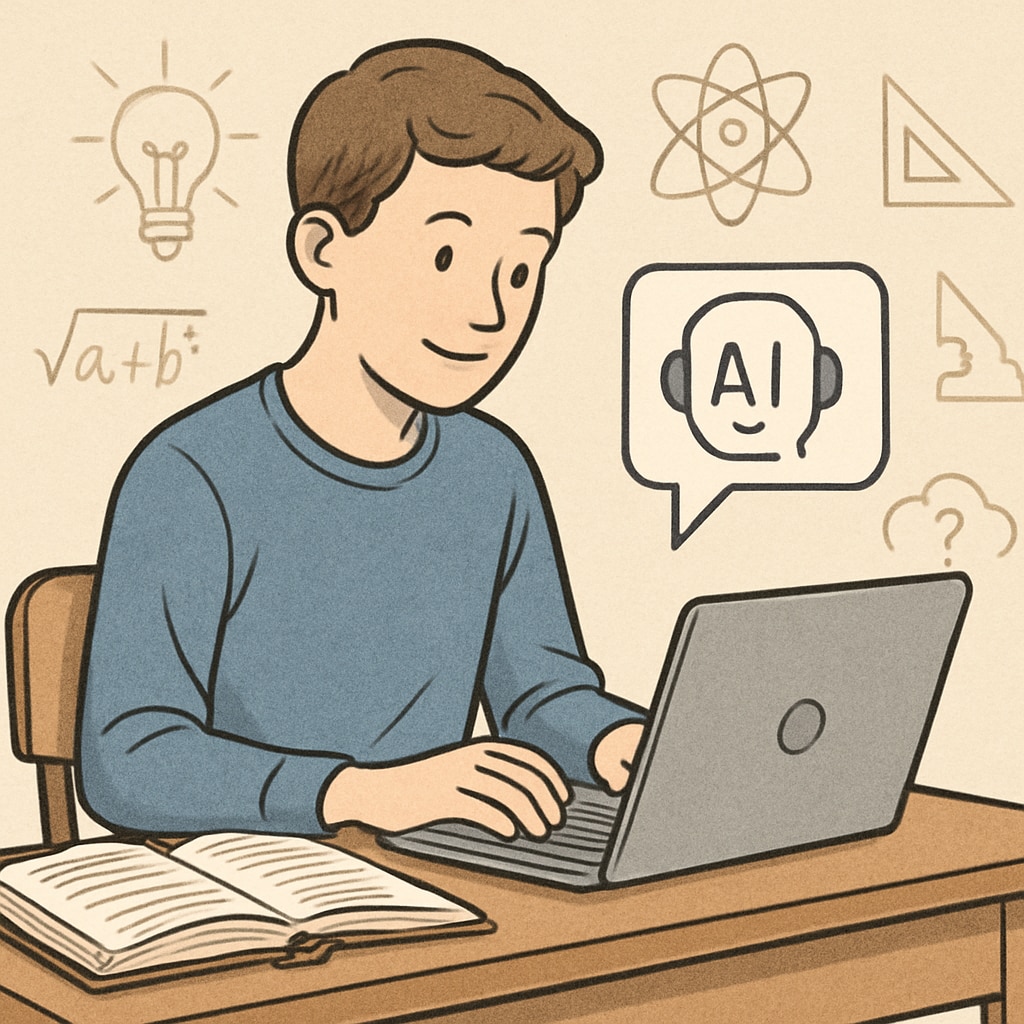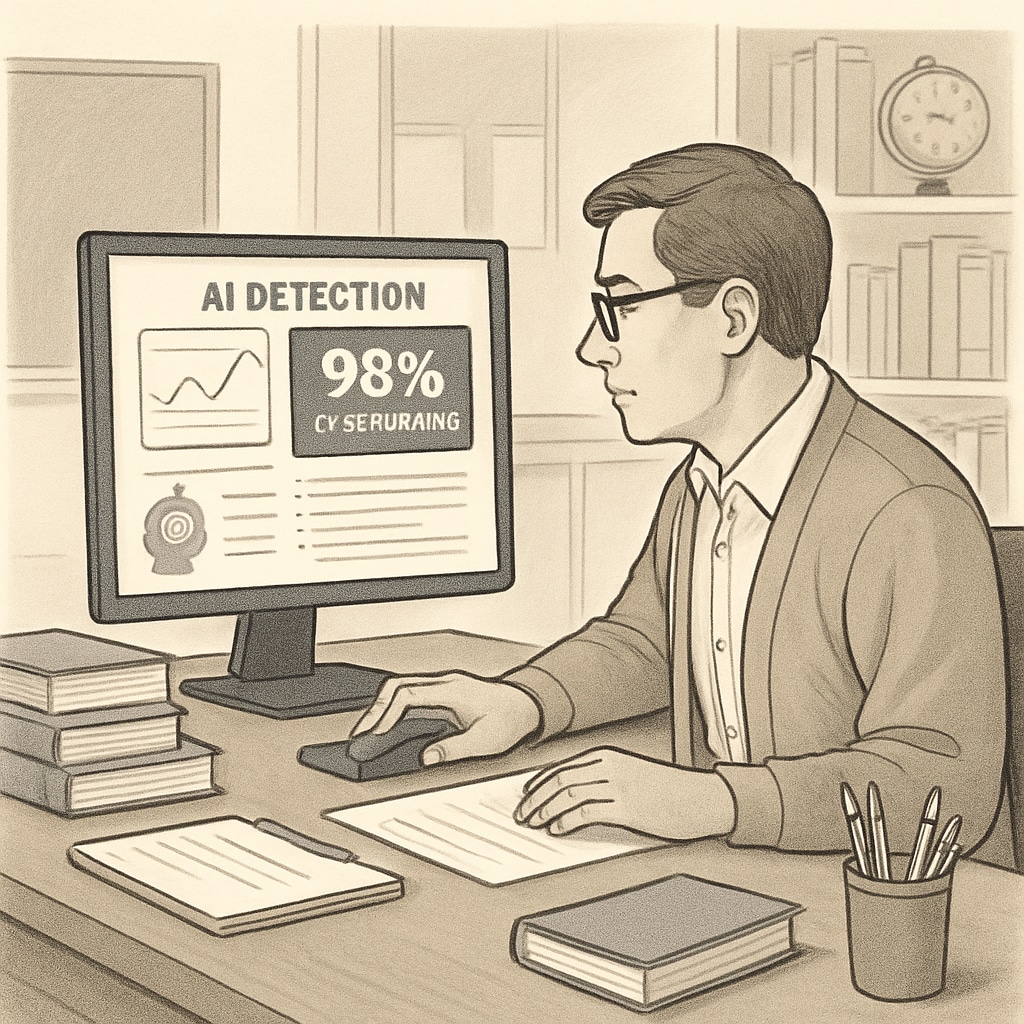The widespread use of AI tools, such as ChatGPT, in education has sparked debates about academic integrity, detection methods, and education costs. Students increasingly turn to these technologies to assist—or even complete—their assignments, leaving educators wondering how to ensure fair evaluation and genuine learning. This article examines the challenges posed by AI tools, the limitations of current detection methods, and practical strategies for maintaining academic integrity while embracing technological innovation.

How AI Tools Impact Academic Integrity
AI tools like ChatGPT and other generative models have revolutionized how students approach assignments. While these tools can enhance learning by providing quick access to information and personalized explanations, they also raise concerns about plagiarism and unoriginal work. For example, students can generate essays, solve complex problems, or even create code without fully understanding the material. As a result, the core purpose of education—critical thinking and skill development—is at risk.
Moreover, educators face difficulties in identifying AI-generated content. While tools like Turnitin and GPT detectors exist, they often lack the precision needed to distinguish between human-written and AI-generated work effectively. This creates a gray area that challenges the enforcement of academic integrity policies.
Limitations of Current Detection Methods
Detection methods for AI-generated content remain imperfect. Most tools rely on linguistic patterns or probability models to identify whether a text was created by AI. However, these systems are prone to false positives and negatives. For example, a well-written student essay may resemble AI-generated text, while a paraphrased AI output might evade detection altogether.
Additionally, the rapid advancement of AI technologies makes detection tools quickly outdated. As generative models improve, their outputs become increasingly indistinguishable from human writing. Educators and institutions must invest significant resources to keep up with these developments, further increasing education costs.
To address these challenges, educators must look beyond detection and focus on proactive strategies that promote originality and learning engagement.

Practical Strategies for Educators
Rather than relying solely on detection tools, educators can adopt a holistic approach to address the impact of AI tools in education. Below are practical strategies:
- Redesign assignments: Focus on tasks that require critical thinking, personal reflection, or direct interaction with real-world scenarios. These assignments are harder for AI tools to replicate.
- Integrate AI responsibly: Teach students how to use AI as a supplementary tool for research and brainstorming rather than as a replacement for original effort.
- Emphasize process over results: Assess students based on their learning process, such as drafts, discussions, and problem-solving steps, rather than solely on final outputs.
- Promote academic integrity: Implement policies that educate students about ethical AI use and the consequences of misuse.
- Invest in teacher training: Ensure that educators are well-equipped to understand AI technologies and incorporate them effectively into their teaching.
These strategies not only safeguard academic integrity but also encourage students to develop essential skills for navigating an AI-driven world.
Balancing Costs and Innovation
While implementing AI-related strategies and tools comes with increased education costs, the long-term benefits outweigh the initial investments. Institutions should allocate budgets for teacher training, advanced detection systems, and curriculum redesign to keep pace with technological advancements.
Collaboration between educators, policymakers, and AI developers is crucial. By working together, stakeholders can ensure that AI technologies are integrated thoughtfully into educational systems without compromising learning quality or academic standards.
As AI tools continue to evolve, educators must remain adaptable and proactive in addressing the challenges they bring. Striking the right balance between innovation and integrity will empower both students and teachers to thrive in the AI era.
Readability guidance: Use short paragraphs and lists to clarify key points; ensure smooth transitions between sections with words like “however,” “therefore,” and “for example.” Avoid overly complex sentences and prioritize active voice.


